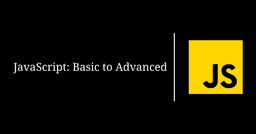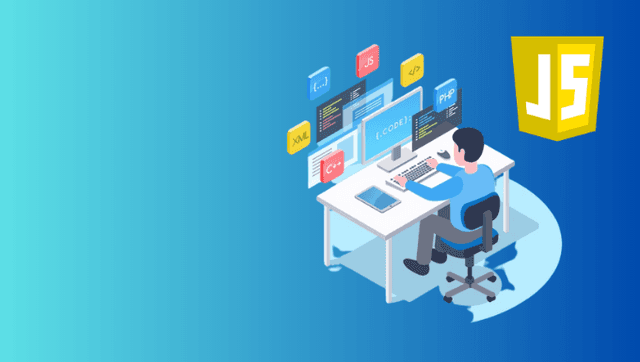Web and Digital Interface Designers
What does a professional in this career do?
Design digital user interfaces or websites. Develop and test layouts, interfaces, functionality, and navigation menus to ensure compatibility and usability across browsers or devices. May use web framework applications as well as client-side code and processes. May evaluate web design following web and accessibility standards, and may analyze web use metrics and optimize websites for marketability and search engine ranking. May design and test interfaces that facilitate the human-computer interaction and maximize the usability of digital devices, websites, and software with a focus on aesthetics and design. May create graphics used in websites and manage website content and links.In this job you will...
- Collaborate with management or users to develop e-commerce strategies and to integrate these strategies with Web sites.
- Collaborate with web development professionals, such as front-end or back-end developers, to complete the full scope of Web development projects.
- Communicate with network personnel or Web site hosting agencies to address hardware or software issues affecting Web sites.
- Conduct user research to determine design requirements and analyze user feedback to improve design quality.
- Confer with management or development teams to prioritize needs, resolve conflicts, develop content criteria, or choose solutions.
- Create searchable indices for Web page content.
- Create Web models or prototypes that include physical, interface, logical, or data models.
- Design, build, or maintain Web sites, using authoring or scripting languages, content creation tools, management tools, and digital media.
- Develop and document style guidelines for Web site content.
- Develop new visual design concepts and modify concepts based on stakeholder feedback.
- Develop or implement procedures for ongoing Web site revision.
- Develop system interaction or sequence diagrams.
- Develop Web site maps, application models, image templates, or page templates that meet project goals, user needs, or industry standards.
- Develop, validate, and document test routines and schedules to ensure that test cases mimic external interfaces and address all browser and device types.
- Direct and execute pre-production activities, such as creating moodboards or storyboards and establishing a project timeline.
- Document technical factors such as server load, bandwidth, database performance, and browser and device types.
- Identify or maintain links to and from other Web sites and check links to ensure proper functioning.
- Identify problems uncovered by testing or customer feedback, and correct problems or refer problems to appropriate personnel for correction.
- Incorporate technical considerations into Web site design plans, such as budgets, equipment, performance requirements, or legal issues including accessibility and privacy.
- Maintain understanding of current Web technologies or programming practices through continuing education, reading, or participation in professional conferences, workshops, or groups.
- Perform or direct Web site updates.
- Perform Web site tests according to planned schedules, or after any Web site or product revision.
- Provide clear, detailed descriptions of Web site specifications, such as product features, activities, software, communication protocols, programming languages, and operating systems software and hardware.
- Register Web sites with search engines to increase Web site traffic.
- Research and apply innovative solutions for product design, visuals, and user experience to meet the needs of individual Web development projects.
- Research, document, rate, or select alternatives for Web architecture or technologies.
- Respond to user email inquiries, or set up automated systems to send responses.
- Select programming languages, design tools, or applications.
- Write and edit technical documentation for digital interface products and designs, such as user manuals, testing protocols, and reports.
- Write supporting code for Web applications or Web sites.
Skills You Will Gain
Information Architecture
Interaction Design
Responsive Design
User-Centered Design
Visual Design Principles









